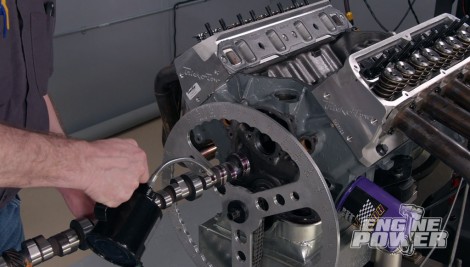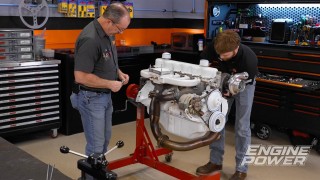Engine Power Featured Projects
Engine Power Builds
Want more content like this?
Join the PowerNation Email NewsletterParts Used In This Episode
ARP
Bolts & Fasteners
Edelbrock
Edelbrock Musi 24-Degree Cylinder Head
Edelbrock
Manifold Victor 24
Matco Tools
MATCO Tools are the Official Tool Supplier to PowerNation
Quick Fuel Technology Inc.
Quick Fuel 950CFM Carburetor
The Industrial Depot
Tools, Hardware, Shop Supplies
Trend Performance
Push Rods










































